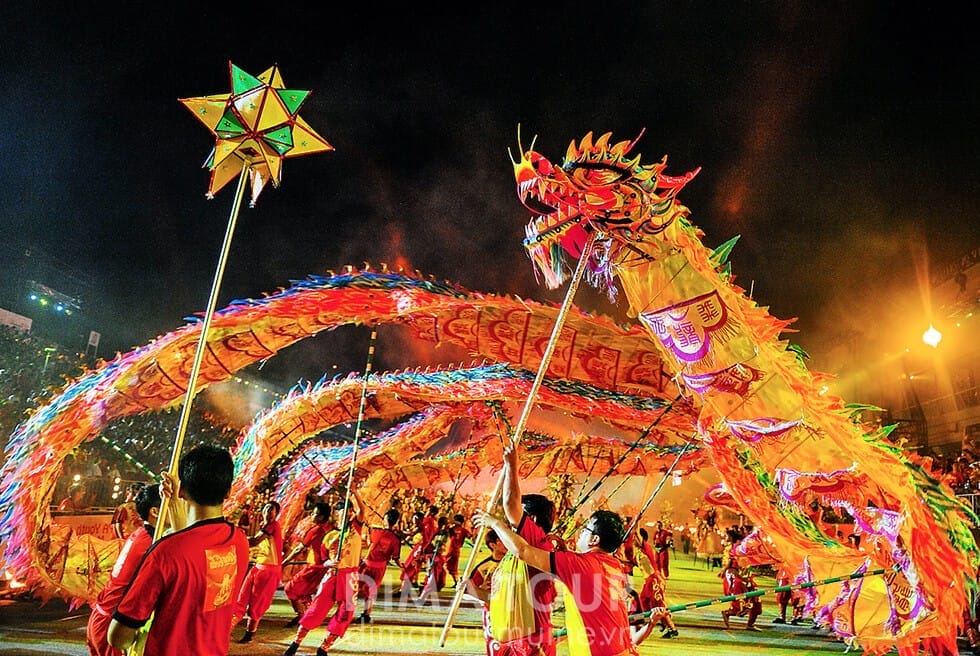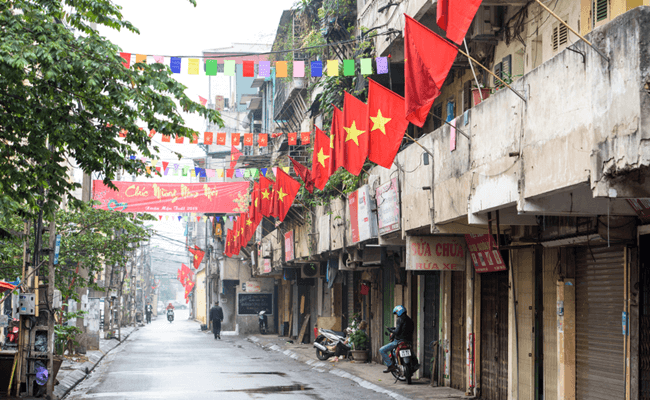The Kalon-Song Mao Nature Reserve is located North East of Mui Ne, in Phan Son and Phan Lam communes, Bac Binh district. The reserve lies about 2 hours from Mui Ne (travel North East from Phan Thiet heading in the direction of Nha Trang). The nature reserve is situated in the transition zone between the coastal plain and the mountains. Altitudes in the reserve range from 20 to 1,136 m. The area is drained by the Luy and Ca Giay rivers and their tributaries.
The basic vegetation types at the reserve are evergreen forest, semi-evergreen forest and deciduous forest. Evergreen forest is located on ridges and mountainsides, from the middle elevations up to the highest peaks. This forest type usually contains a 25-30 metre-high closed canopy with species in the Fagaceae, Fabaceae, Dipterocarpaceae and Sapindaceae families. Semi-evergreen forest is found at lower elevations, from 200 to 500 m, along the stream and river valleys. The dominant tree species in this form are are Lagerstroemia calyculata, Peltophorum pterocarpum and Cratoxylon sp.. Deciduous forest is found as a recent replacement of semi-evergreen forest that has been destroyed. The dominant tree species are in the Dipterocarpus genus: D. tuberculatus, D. obtusifolius and D. intricatus. Secondary vegetation forms at the Kalon-Song Mao Reserve include bamboo forest, grassland, and scrub with scattered trees. Several valuable timber species are found in the reserve, including Shorea cochinchinensis, Afzelia xylocarpa, Pterocarpus macrocarpus, Dalbergia cochinchinesis, and Anisoptera cochinchinensis.
About 20 years ago large mammals, such as Asian Elephant and Gaur were still common in the area. Gaur were last reported in the early 90’s and elephants are no longer present. Animal species still found in the area include: Large-antlered Muntjac Muntiacus vuquangensis (this species was unknown to science until 1994 and not discovered in Binh Thuan until 2000), Red Muntjac M. muntjak, Sambar Cervus unicolor, Black-shanked Douc Pygathrix nigripes, Yellow-cheeked Crested Gibbon Hylobates gabriellae, Silvered Leaf Monkey Trachypithecus cristatus, Slow Loris Nycticebus coucang, Lesser Slow Loris N. pygmaeus, Bear Macaque Macaca arctoides, Rhesus Macaque Macaca mulatta, Clouded Leopard Pardofelis nebulosa, Sun Bear Ursus malayanus, Asian Black Bear U. thibetanus, Masked Palm Civet Paguma larvata, Large-spotted Civet Viverra megaspila, Small Indian Civet Viverricula indica, Common Palm Civet Paradoxurus hermaphroditus, Lesser Malay Mouse-deer Tragulus javanicus, Burmese Hare Lepus peguensis, Pangolin Manis sp., Malayan Porcupine Hystrix brachyura, Asiatic Brush-tailed Porcupine Atherurus macrourus, Golden Jackal Canis aureus, and Dhole Cuon alpinus. Birds include Green Peafowl Pavo muticus, Siamese Fireback Pheasant Lophura diardi, Silver Pheasant Lophura nycthemera, Oriental Pied Hornbill Anthracoceros albirostris and Great Hornbill Buceros bicornis.
The forest within the nature reserve and surrounding area protects the Ca Giay irrigation reservoir, which provides water for thousands of hectares of rice cultivation in the lower Mao river basin.
Kalon Song Mao lies within Phan Son and Phan Lam communes, Bac Binh district. The population of the two communes is 3,508 members of the Kinh, Tay, Nung, Cham, K’ho and Rac Lay ethnic groups. The most common ethnic group in the local communes are the K’ho, and the Rac Lay peoples. The Tay and Nung ethnic groups first migrated to the area from north Vietnam in 1976.
Agriculture is the major activity in the area. The most common crops grown are wet rice and hill rice, with smaller amounts of maize, sweet potato, cassava and mung beans. Some families grow dragon fruit, banana, coffee or cashew.
The reserve may be reached by small, unpaved country roads, and may be difficult to traverse during rainy season. There is no tourism infrastructure at the nature reserve and there are currently no organized tours. This is a �make your own adventure� but well worth the effort.







Oh my goodness! Incredible article dude! Many thanks, However I am experiencing issues
with your RSS. I don’t understand the reason why I am unable to join it.
Is there anybody having similar RSS issues? Anyone who knows the answer will you kindly respond?
Thanx!!